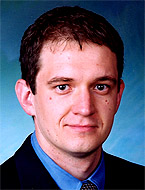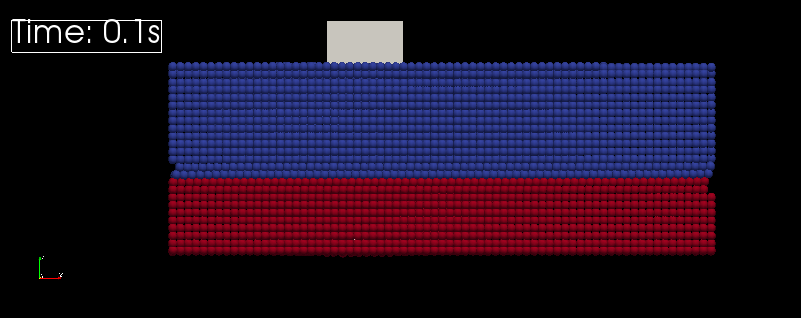
My name is Shahab Yeylaghi and I am a researcher at the Mechanical Engineering Department and Institute for Integrated Energy Systems (IESVic) at the University of Victoria. My research deals with modeling of fluid-structure interactions.
For my research, I developed an in-house 3D parallel code based on a Lagrangian mesh-less numerical method called SPH (Smoothed Particle Hydrodynamics). SPH originally developed to study astrophysics but has been applied for hydrodynamic applications due to its charecteristics in the last two decades. Here, I present some of the projects that I simulated by using SPH.
|
|
|
|
|
Yeylaghi, Shahab, Curran Crawford, Peter Oshkai, and Bradley Buckham. "A Comparison of SPH and RANS Models for Simulation of Wave Overtopping", International Conference on Ocean Energy (ICOE) 2014, Halifax, Canada.
Yeylaghi, Shahab, Belaid Moa, Bradley Buckham, Peter Oshkai, Scott Beatty, and Curran Crawford. "SPH Modeling of Hydrodynamic Loads on a Point Absorber Wave Energy Converter Hull", 11th European Wave and Tidal Energy Conference (EWTEC) 2015, Nantes, France.
Yeylaghi, Shahab, Belaid Moa, Peter Oshkai, Bradley Buckham, and Curran Crawford. "ISPH modelling of an oscillating wave surge converter using an OpenMP-based parallel approach." Journal of Ocean Engineering and Marine Energy (2016): 1-12.
Yeylaghi, Shahab, Belaid Moa, Peter Oshkai, Bradley Buckham, and Curran Crawford. "ISPH modelling for hydrodynamic applications using a new MPI-based parallel approach", Journal of Ocean Engineering and Marine Energy (2016), accepted.
Yeylaghi, Shahab, Belaid Moa, Bradley Buckham, Peter Oshkai, Jose Vasquez, Ken Christison, Curran Crawford, "ISPH modelling of landslide generated waves for rigid and deformable slides in Newtonian and Non-Newtonian reservoir fluid", submitted to Journal of Advances in Water Resources.

Shahab Yeylaghi
Email: shahaby at uvic dot ca



